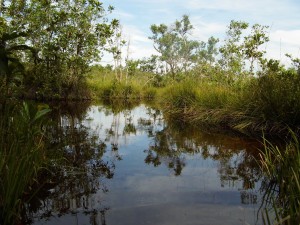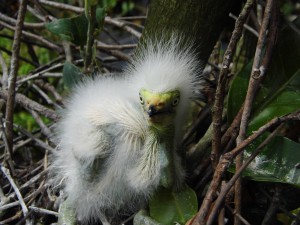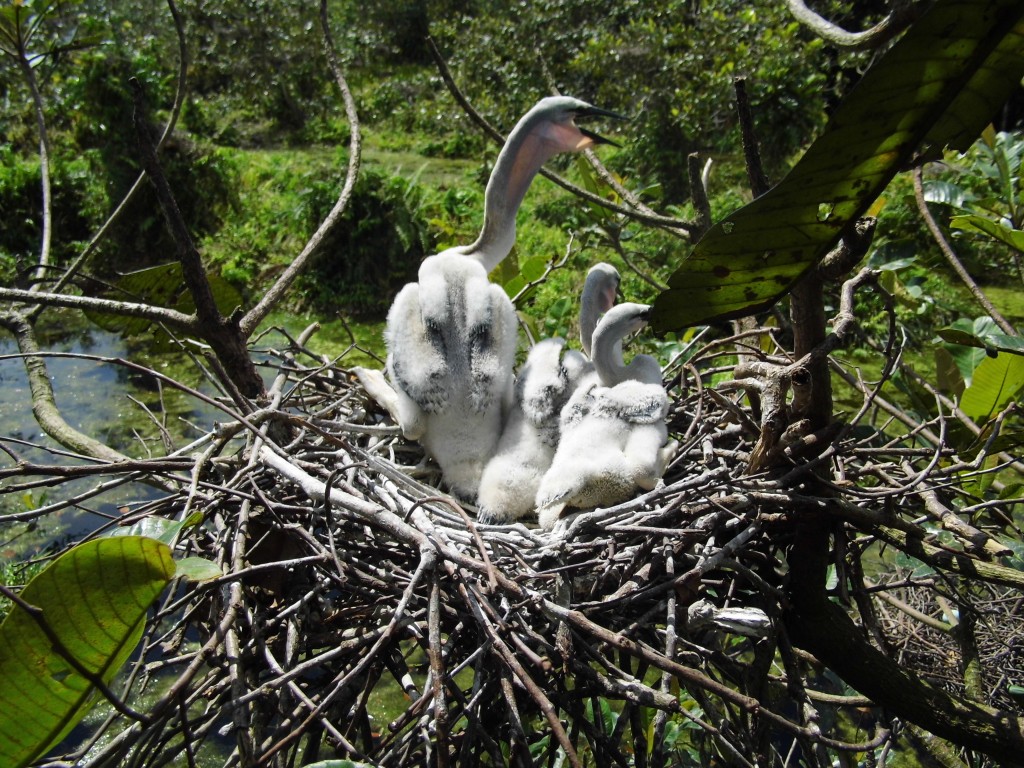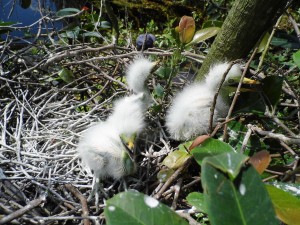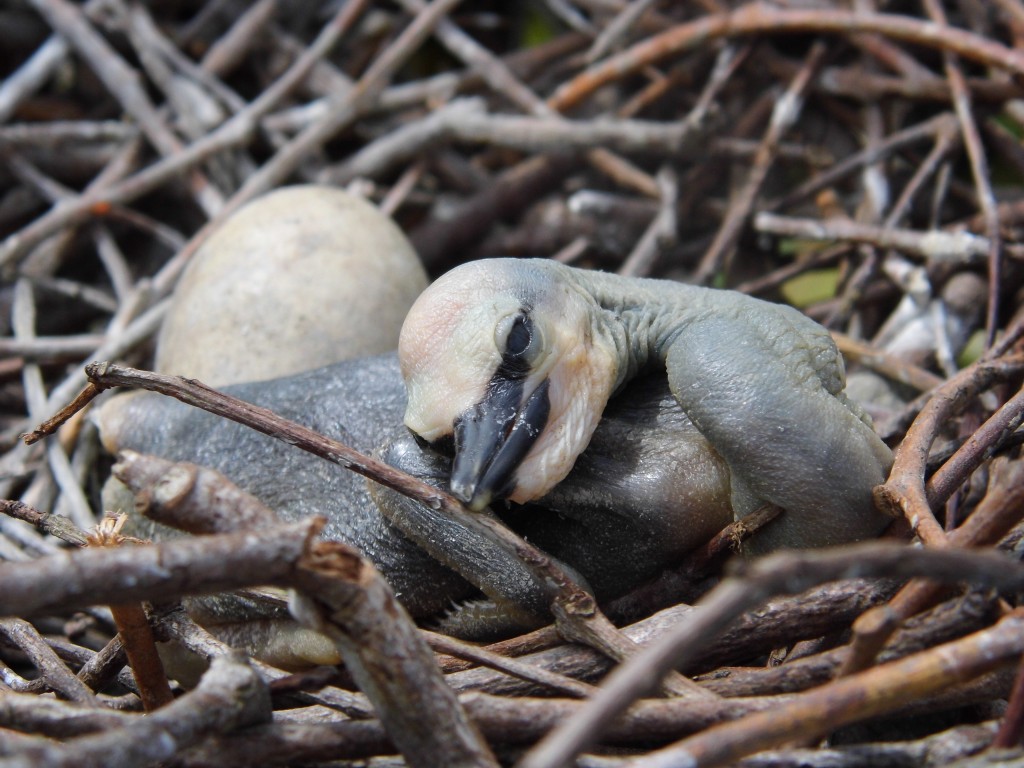The core of the Orangutan Foundation’s work lies in habitat protection. One way that the Orangutan Foundation are currently protecting orangutan habitat is via supporting guard posts. Guard posts located in vulnerable areas, from which the Foundation’s staff patrol the near by area for any illegal activities or unregulated human presence. The Orangutan Foundation currently supports two guard posts within the Tanjung Puting National Park and four guard posts within the Lamandau River Wildlife Reserve.
The large Lamandau reserve not only protects the area in general but also specific ecological and environmental features within the area. One particular guard post – named Danau Burung, is in a very remote area. Our staff sometimes then travel even further – another 5km by motorbike and 3km walking to reach a specific, important location – the lake “Danau Burung” or literally “Lake bird”! The guard post took its name from this important ecological site – here we learn more about why sites like this are so important…
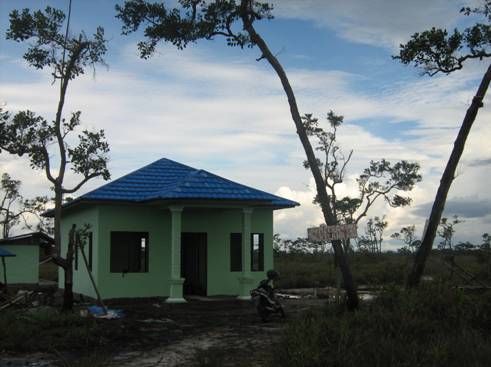
Lakes such as this are vital for the surrounding wildlife, offering an oasis in a very variable habitat. The lake is an important rest site for birds during their long annual migrations. OF’s team recently traveled from the guard post to check up on the lake. When they finally arrived at the lake, a fantastic site awaited them.
Lakes such as this are vital for the surrounding wildlife, offering an oasis in a very variable habitat. The lake is an important rest site for birds during their long annual migrations. OF’s team recently travelled from the guard post to check up on the lake. When they finally arrived at the lake, a fantastic site awaited them. These curious and dubious birds are great egrets- Egretta alba. The nest has three fast growing chicks and the two parents are still hanging around. 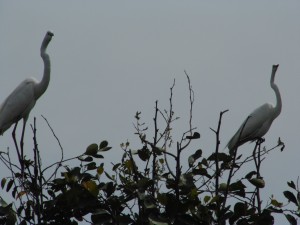
The Great Egret is partially migratory, with birds in the north moving south to avoid cold winters. The species breeds in colonies and prefers to breed in trees which are close to large lakes that have reed beds or inside extensive wetlands. Evidently, this family are using theDanauBurungLakeas it is perfectly suited to their ecology. It’s fantastic for the Foundation to see bird species such as these up close, especially when it gives an insight into their breeding behaviour. These photos were taken in May this year, giving a good reference point for the seasonality of this species migration and breeding.
When the newborns were first found, they were still pristine white eggs. The fact that a mating adult pair use this lake as a nesting site reinforces how pristine and protected this area is – they feel safe enough to nest there. The Great Egret feeds in shallow water or on land, feeding on fish, frogs, small mammals, and the odd small reptiles and insects if needed.
Now the eggs have hatched and the chicks grown through a pink, bald stage into a white fluffy stage - we hope to see more of these individuals as they grown and prepare to fly the nest!

